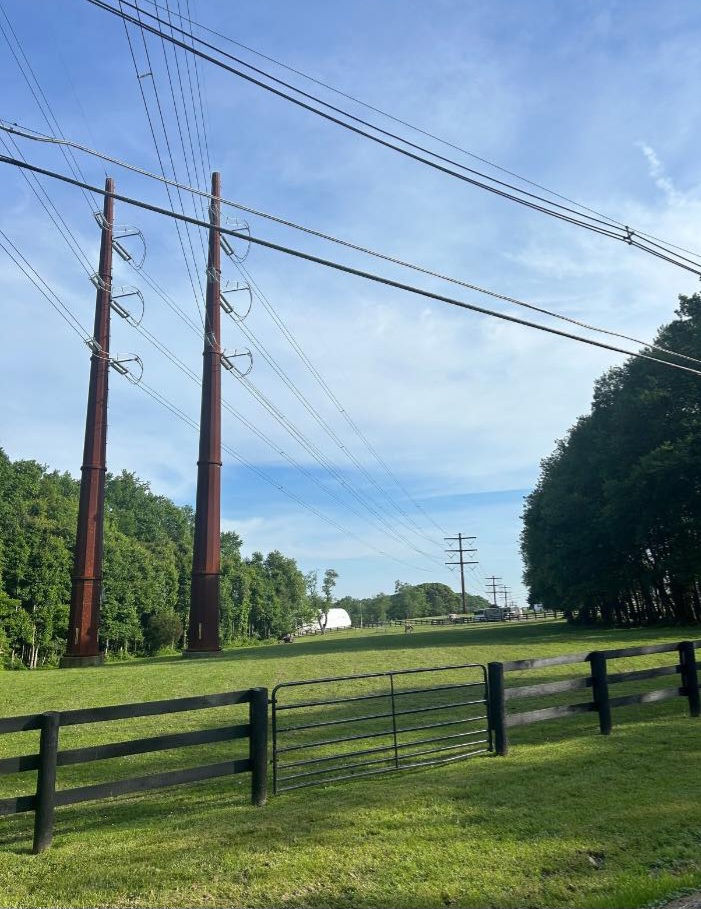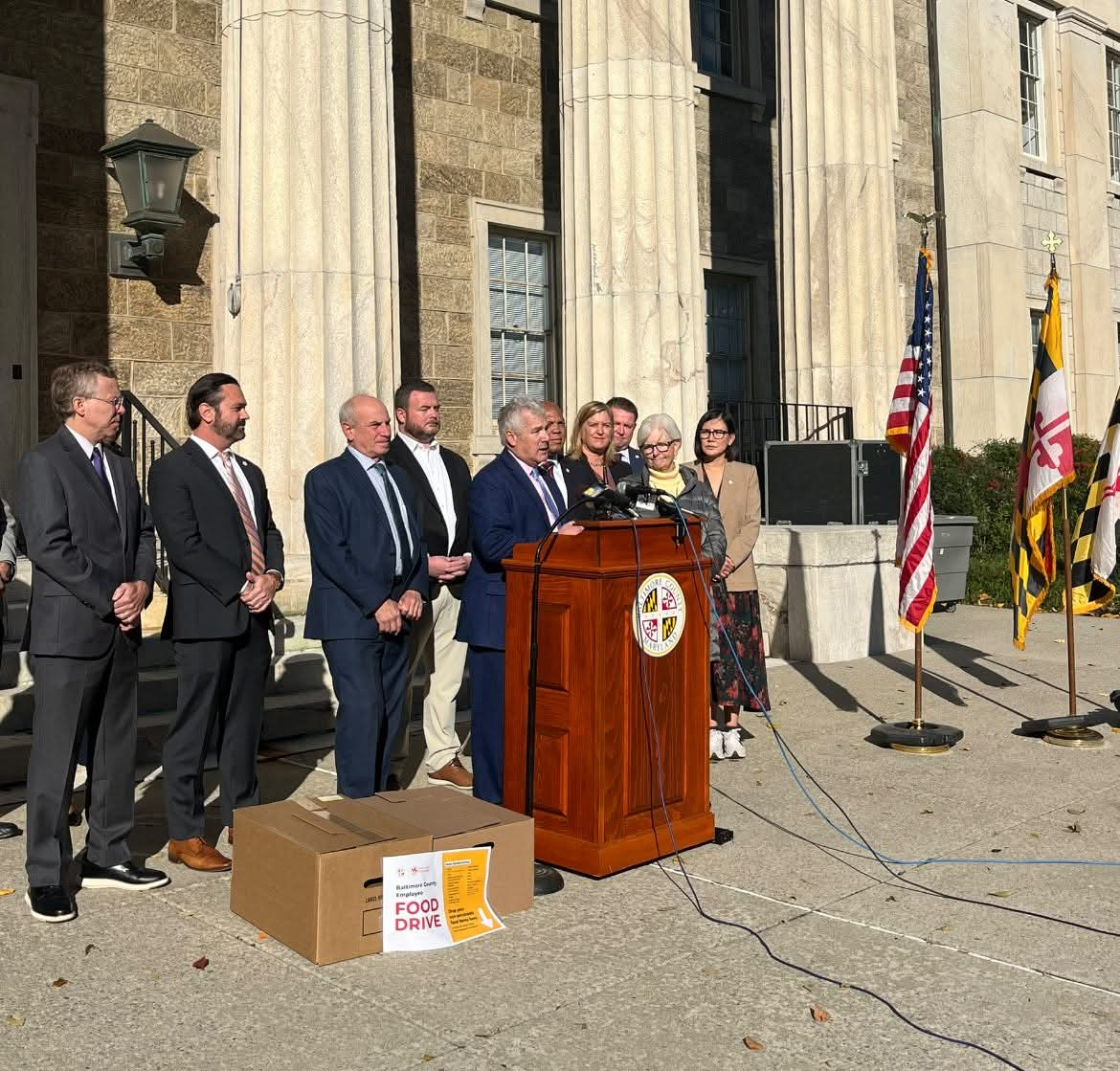Seven property owners living
along the Baltimore Gas and Electric (BGE) right-of-way in Harford and Baltimore counties have been granted limited intervenor status in Case #9748 before the Maryland Public Service
Commission (PSC).
They will appear at this week’s evidentiary hearings to oppose the proposed construction of 29 miles of new, additional high-voltage transmission lines under the Brandon Shores Retirement Mitigation (BSRM) Project.
The BSRM Project, led by BGE, seeks to import electricity from Pennsylvania to replace power lost
from the impending closure of the Brandon Shores Power Plant in Anne Arundel County.
Rather than investing in new in-state generation, the project will make Maryland increasingly dependent on out-of-state energy sources.
Residents across both counties have voiced strong opposition, citing the project’s environmental risks, property value impacts, higher electric costs, increased
exposure to harmful electromagnetic fields (EMFs), and potential wildfire hazards.
The proposed route cuts directly through Gunpowder Falls State Park, traverses the Chesapeake
Bay Critical Area, and passes within one mile of Fallston Airport.
Eleven of the proposed monopoles exceed Federal Aviation Administration (FAA) and Maryland Aviation Administration (MAA) height standards as planes approach the airport runway.
In August 2024, the Baltimore County Council unanimously passed Resolution 37-24, urging
BGE to minimize community impacts and bury transmission lines where feasible, particularly
through parkland and rural areas that could serve as wildfire corridors. BGE made no meaningful design changes in response.
In April 2025, Councilman David Marks introduced Resolution
21-25, challenging the property rights claimed by BGE to execute the project. The resolution also
passed unanimously.
A similar measure is scheduled for review by the Harford County Council during its legislative session this evening.
The project’s estimated cost has doubled since it was announced in 2024, a burden ultimately borne by Maryland ratepayers through higher electric bills. Of the 17 property owners who petitioned to intervene, seven were granted formal status to present evidence of their easements and make an oral argument before the PSC.
At the core of their case is the language of the original 1931 deeds, which grant BGE rights for “an electrical transmission line” — singular, not plural.
Landowners argue that constructing an additional line would exceed the scope of the original easements, constituting an unlawful expansion of rights and a trespass if approved.




